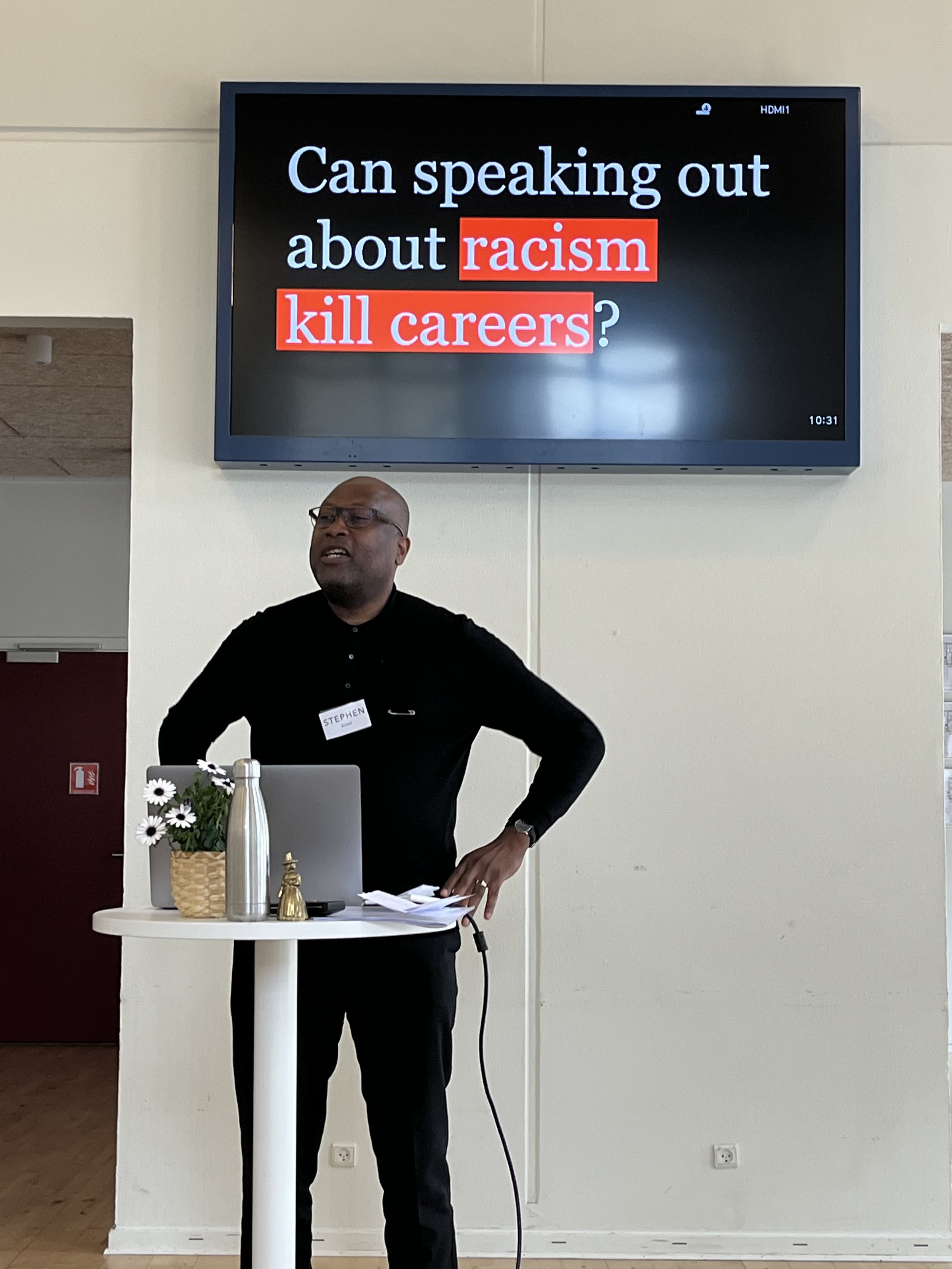Diversity, Equity, and Inclusion (DE&I) can be divided into two distinct parts, positions and interests, as they serve as the profound lens through which we understand human dynamics. Positions are the things we say we want to achieve within DE&I initiatives, for example, advocating for equal pay, diverse representation in leadership, or implementing inclusive policies. However, beneath these explicit stances lie the intricate web of interests: the intricate tapestry of motivations, insecurities, aspirations, and historical contexts that shape our perspectives and fuel our advocacy. On the other hand, interests delve into the nuanced nuances of human experience, exploring the depths of our collective psyche to uncover the underlying desires for belonging, respect, and fairness. They are the silent orchestrators of our outward expressions, guiding our choices and actions as we navigate the complex terrain of diversity and inclusion. I think to truly comprehend the essence of DE&I efforts, one must excavate beyond the surface-level declarations of positions and delve into the rich landscape of interests, where the true essence of human connection and understanding resides.





















